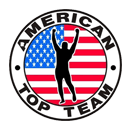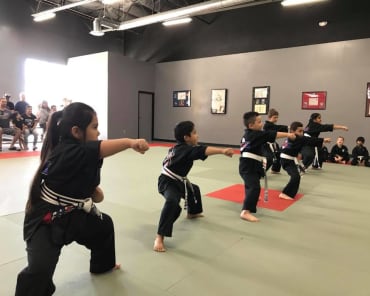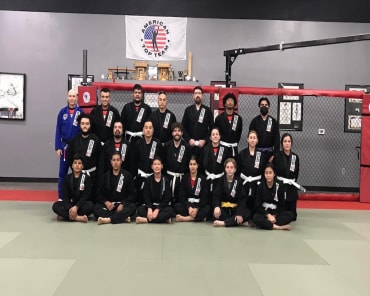
Ahh the 1960's. A time of political upheaval (much like today) and the rise of some of the most famous Martial Artists and styles on the planet. the contribution by the pioneers of the 60's Martial Arts seen cant be overlooked. Last week we looked at the late 40's and into the 1950's as the starting point for the Martial Arts boom that we are still riding today. Now we move into the 60's where things really get interesting. The major shift came in the form of "striking" systems becoming more available to the public. Prior to this time mostly grappling styles such a Judo were prevalent, although Karate teachers such as:
Robert Trias, who in 1946 a returning U.S. Navy veteran, began teaching private lessons in Phoenix, Arizona. Other early teachers of karate in America were Ed Parker (a native Hawaiian and Coast Guard veteran who earned a black belt in 1953), George Mattson (who began studying while stationed in Okinawa in 1956) and Peter Urban (a Navy veteran who started training in 1953).
Prior to 1946, most Karate teachers outside Japan were in the Territory of Hawaii (not yet a state). Many of those teachers taught Kempo to only Asians and locals. One such teacher was James Mitose. It was through Mitose that one style of Kempo (Kosho Shorei Ryu) was introduced to the world through William Chow, one of his black belts, who then went on to modify it and train Adriano Emperado, Edmond Parker, Ralph Castro and a host of other future Grandmasters, some who brought the modified art to the U.S.
In the 1950s and early 60s several other Asian karate teachers began arriving in America to seek their fortunes and to aid in the popularization of the art. They included Hidetaka Nishiyama, Teruyuki Okazaki, Takayuki Mikami, Tsutomu Ohshima, Richard Kim and Takayuki Kubota. Several Koreans also came to America in those days to introduce the Korean version of the martial arts (not yet known by the term tae kwon do). They included Jhoon Rhee, Henry Cho, Kim Soo and Jack Hwang.
In spite of the presence of these Asian instructors, karate was primarily spread across the country in the early days by American-born teachers. They included Trias (called the "Father of American Karate"), Don Nagle, Parker, Mattson, and Urban, plus pioneers like Don F. Dreager, Harold Long, Steve Armstrong, Allen Steen, Ernest Lieb, Pat Burleson, Chuck Norris and Joe Lewis.
In the 1960s saw a tremendous growth in karate in the United States. By the 1970s the were even professional karate tournaments, a precursor for Full contact karate and Kickboxing.
1964 was a breakout year for the Martial Arts in America. Ed Parker (Elvis's instructor) hosted the International Karate championships in Long Beach CA. The Internationals were a watershed moment. Future Stars such as Chuck Norris and Bruce Lee were in attendance. Chuck Norris fought in the tournament and Lee put on one of the most famous demonstrations in American Martial Arts history.
The styles of Martial Arts the were gaining popularity were primarily the Japanese, Korean and Okinawan styles, along with the Kenpo styles from Hawaii. It was in these stand up striking systems that would blast the arts into the stratosphere through the explosion in popularity of Martial Arts in film and television and their proven wining record on the tournament seen. Most were using the generic term of "Karate" to describe their styles. To this day the word is still understood to mean "Martial Arts" most everywhere you go.
Next week we will get into the 1970's and the "Kung-Fu" explosion that took the world by storm.





